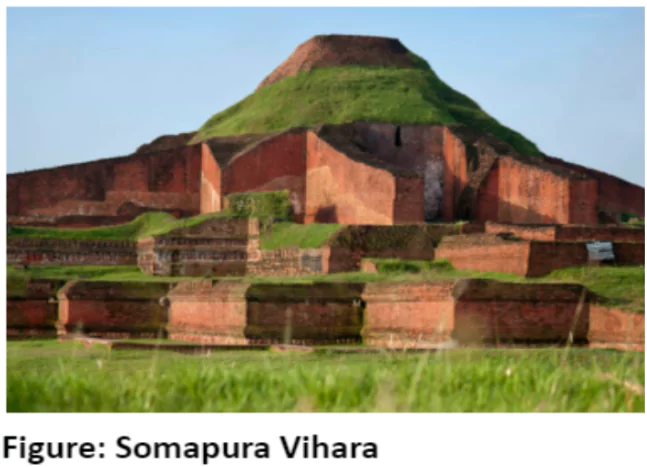![]() May 14, 2024
May 14, 2024
![]() 12585
12585
![]() 0
0
The Pala Empire, established circa 750 AD, held sway over Bengal, Bihar, and portions of Bangladesh. Renowned for its patronage of Indian philosophy, literature, as well as the arts of painting and sculpture, the Palas fostered a cultural renaissance in the region. Led by notable rulers such as Gopala, Dharmapala, and Devpala, the empire left an indelible mark on early medieval South Asian history.
 Architectural Achievements:
Architectural Achievements:
| Must Read | |
| Current Affairs | Editorial Analysis |
| Upsc Notes | Upsc Blogs |
| NCERT Notes | Free Main Answer Writing |
The Pala Empire’s legacy endures through its significant contributions to art, architecture, and scholarship. Their influence spread beyond borders, impacting neighbouring regions such as Tibet, Nepal, and Indonesia, making them an important force in the cultural landscape of India.
<div class="new-fform">
</div>
Latest Comments